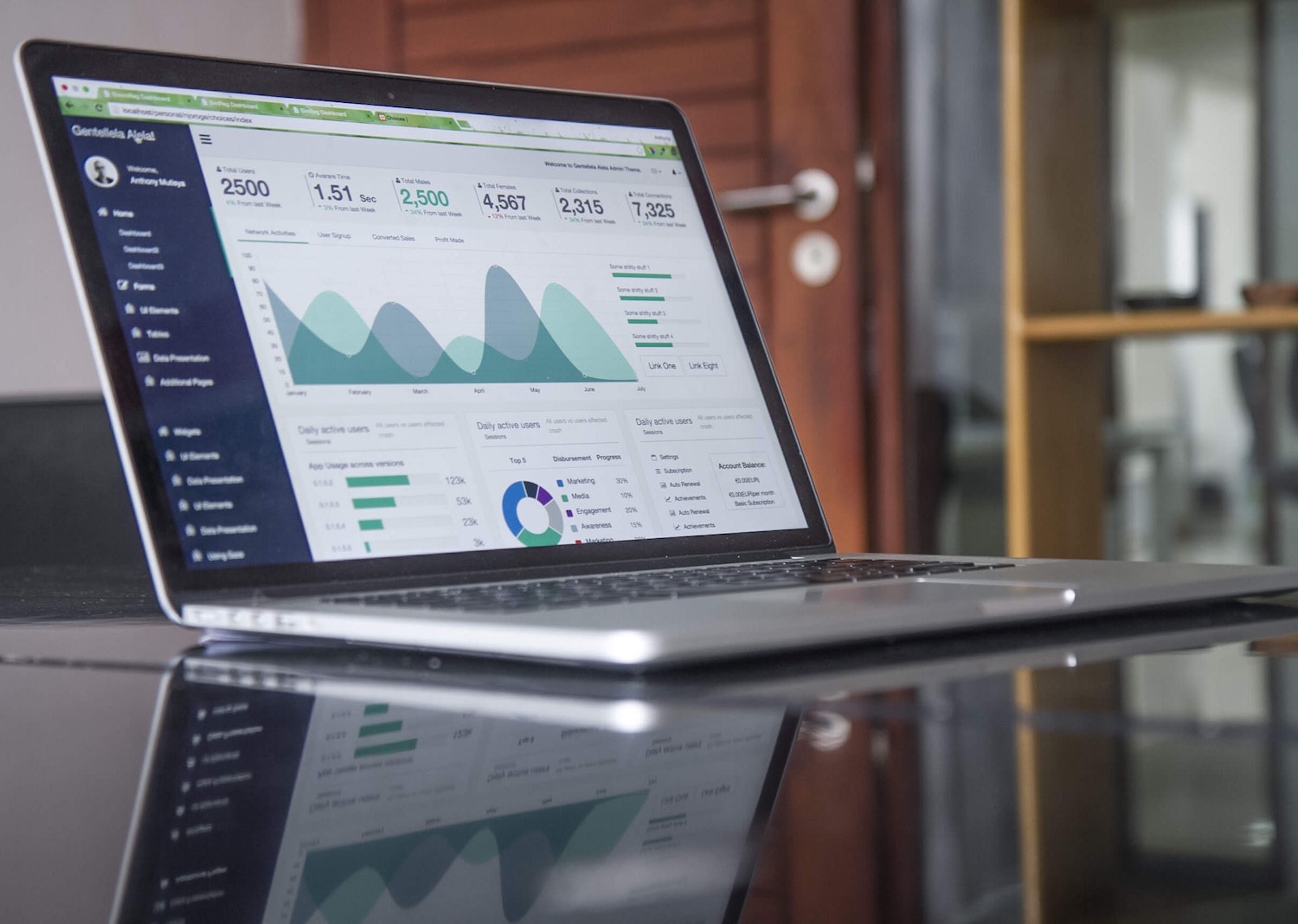What's the difference between social monitoring and social listening?
Although there's a fundamental difference between social monitoring and social listening, the terms are often used interchangeably. I'm even guilty of it myself.
Social monitoring vs. social listening
 The easiest way to explain the difference between these two terms is to remove the social component and to focus on the difference between monitoring and listening more broadly. Monitoring involves watching, observing, and keeping track of progress over time, while listening involves hearing, interpreting, and understanding. Applying these definitions within the context of social media lets us clearly articulate the difference between social monitoring and social listening.
The easiest way to explain the difference between these two terms is to remove the social component and to focus on the difference between monitoring and listening more broadly. Monitoring involves watching, observing, and keeping track of progress over time, while listening involves hearing, interpreting, and understanding. Applying these definitions within the context of social media lets us clearly articulate the difference between social monitoring and social listening.
Social monitoring is the process of watching and observing social media conversation to keep track of a company, brand, or campaign over time.
Social media monitoring allows you to be a fly on the wall and hear what consumers are saying about your company, brand, or campaign, with its primary function of measuring the popularity of these specific topics. Metrics are at the heart of monitoring because they give an at-a-glance understanding of vast amounts of unstructured data and significant changes in conversation. Metrics like consumer sentiment and volume of conversation are most common. Depending on the specific use case, keeping tabs on things like conversation intensity and the number of potential impressions can also be important.
Social listening is the process of hearing and interpreting social media conversation to understand consumers over time.
Social listening takes into consideration brand mentions as well as broader social conversations and trends to uncover insights that can drive change within your organization. Listening is ideal for brands and companies interested in looking forward and creatively imagining their future state and future competitive set. Organic, unfiltered consumer chatter is a powerful tool used to spot budding trends, reveal unmet needs, discover pain points, and much more. Social listening can drive consumer insight and innovation for both B2B and B2C companies.
Selecting a social media strategy
An understanding of what each entails is necessary to know which strategy is best for you.
Passive vs. active
 As the fly-on-the-wall analogy implies, social monitoring is mostly passive, like bird watching or binge-watching on Netflix. You observe the conversation, maybe post a reply, but no solution-oriented action is taken. On the other hand, social listening is an active activity that involves both receiving and interpreting information on an ongoing basis. Those insights should be used to influence business decisions that ultimately improve customer experience.
As the fly-on-the-wall analogy implies, social monitoring is mostly passive, like bird watching or binge-watching on Netflix. You observe the conversation, maybe post a reply, but no solution-oriented action is taken. On the other hand, social listening is an active activity that involves both receiving and interpreting information on an ongoing basis. Those insights should be used to influence business decisions that ultimately improve customer experience.
Narrow vs. broad
 Social monitoring has a narrow focus and is just a slice of the social pie. Monitoring focuses on a specific company, brand, product, or campaign, while social listening encompasses brand mentions as well as entire categories, industries, occasions, or need states. Listening allows you to understand how people are talking about you, your competitors, and the overall market landscape.
Social monitoring has a narrow focus and is just a slice of the social pie. Monitoring focuses on a specific company, brand, product, or campaign, while social listening encompasses brand mentions as well as entire categories, industries, occasions, or need states. Listening allows you to understand how people are talking about you, your competitors, and the overall market landscape.
Reactive vs. proactive
"Most people do not listen with the intent to understand; they listen with the intent to reply." - Stephen R. Covey
Monitoring focuses on understanding and responding to customers online. Instead of waiting to solve problems, listening uses online chatter to identify opportunities to meet customer needs. Organizations can translate the organic, unfiltered consumer feedback into actionable insights.
Where do you even start?
There are approximately 3.5 billion (and growing) social media users today — that's 45% of the Earth's population. These users are spending an average of 2-3 hours per day on social media channels and contributing to trillions of content posts daily. There is a seemingly limitless amount of organic, unfiltered consumer feedback at our fingertips. As researchers, the volume of social chatter can be both exciting and overwhelming.
Social monitoring is a must. It allows you to tune into the voice of the consumer that may have otherwise been unreachable or unheard — but it stops short. Social listening will enable organizations to hear what those 3.5 billion users are saying and harness their feedback to drive consumer-centric decisions — a true differentiator in today's competitive landscape. Reach out to our social analytics team to discuss a social strategy that will drive your business forward.
People are talking about you online. Are you listening?
There is a seemingly limitless amount of organic, unfiltered consumer feedback at our fingertips — and that volume of social chatter can be both exciting and overwhelming. Social media listening enables organizations to sift through online conversations to uncover relevant and actionable insights that can drive consumer-centric decisions. Here's what you need to know to get started.

